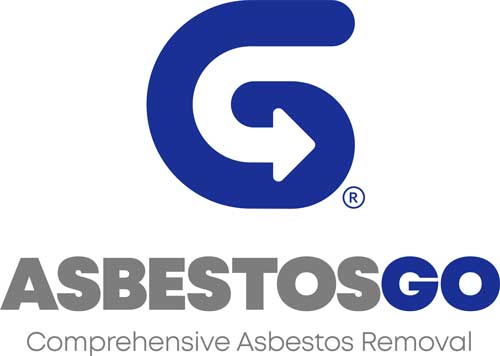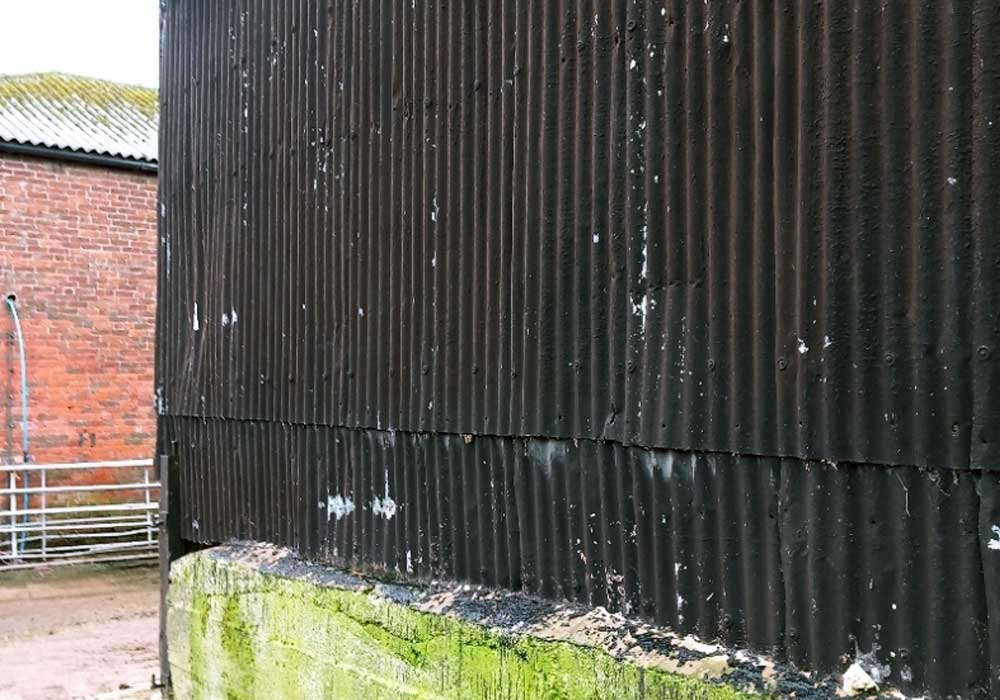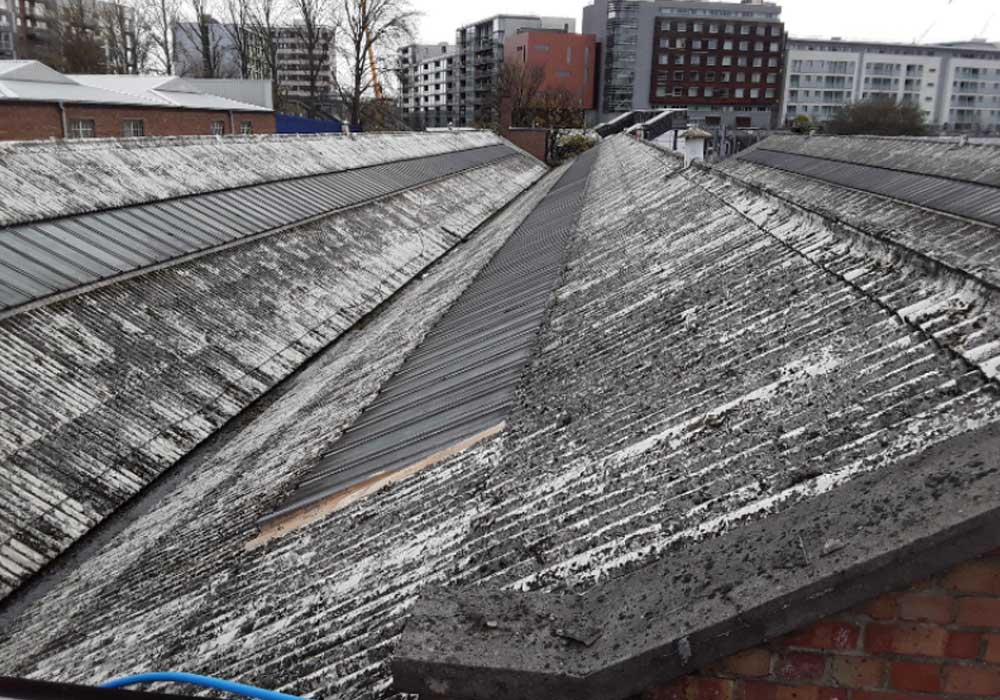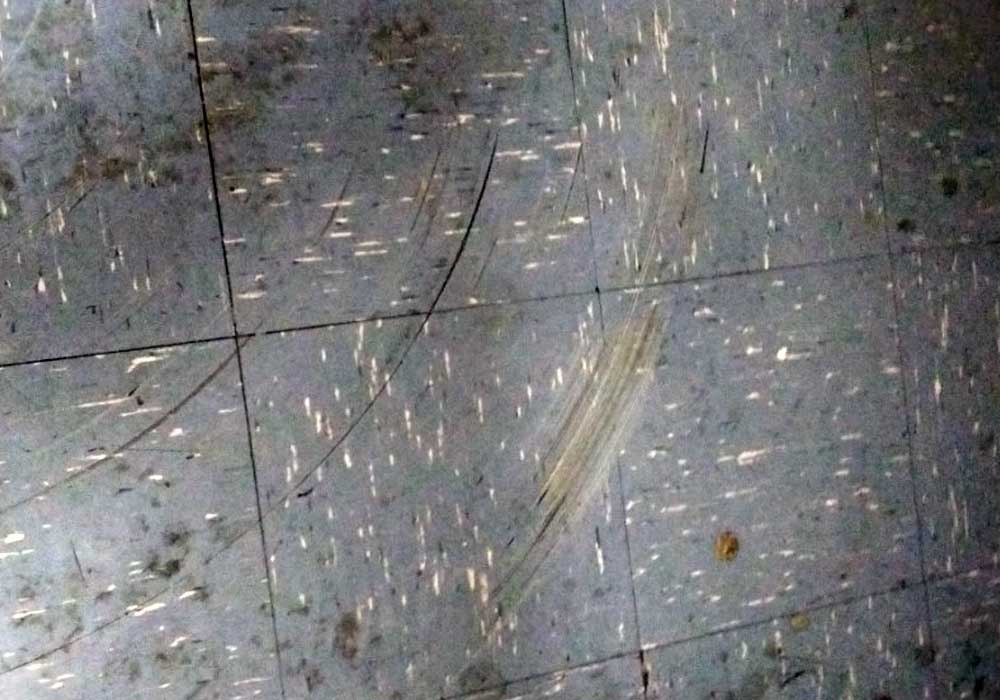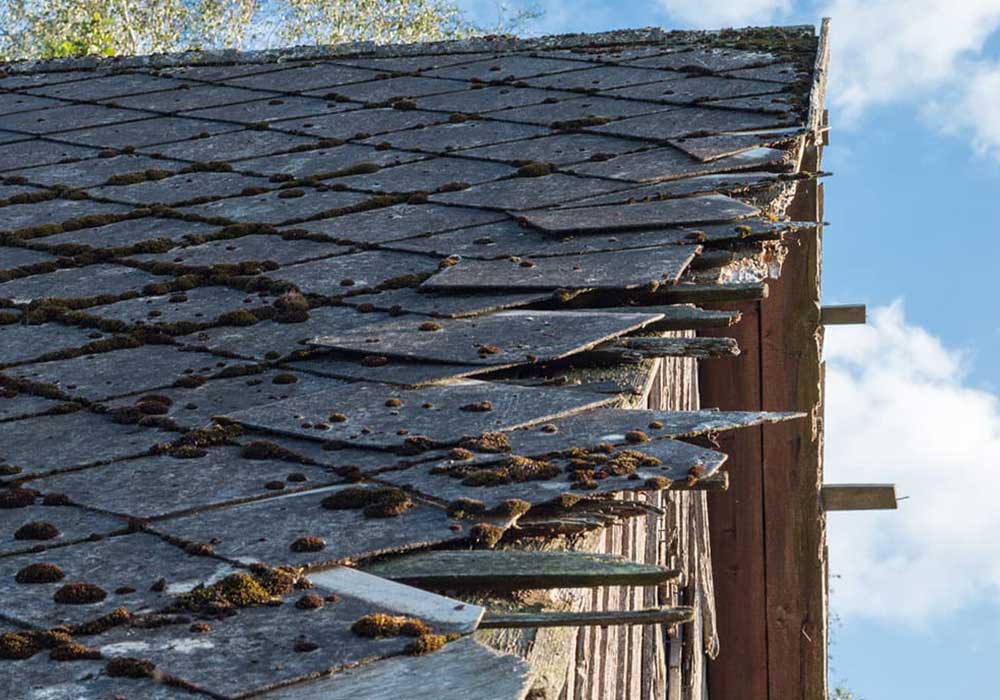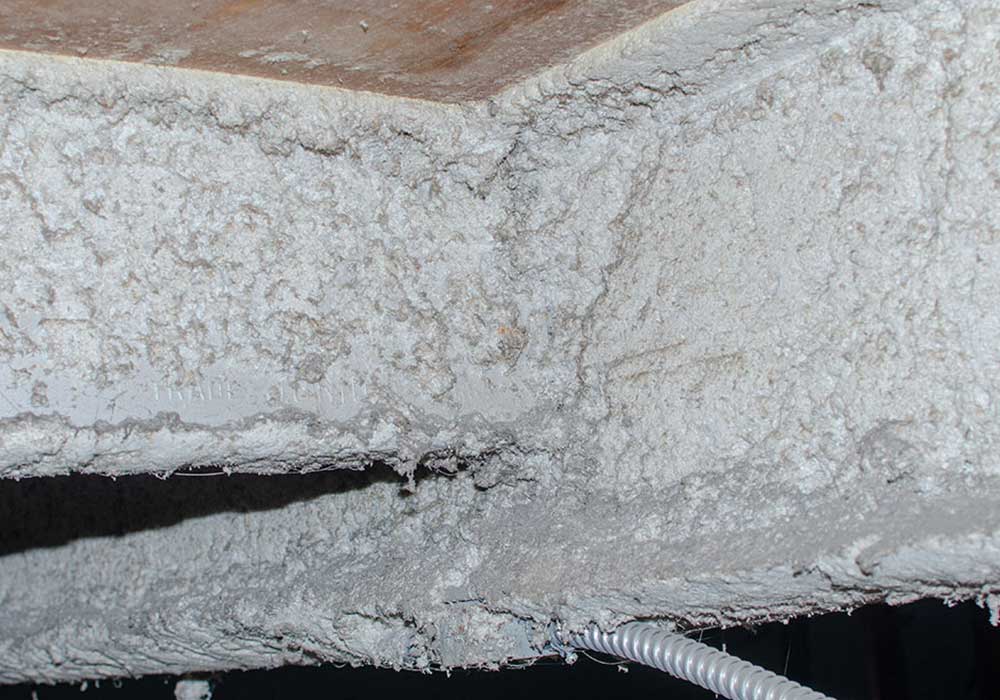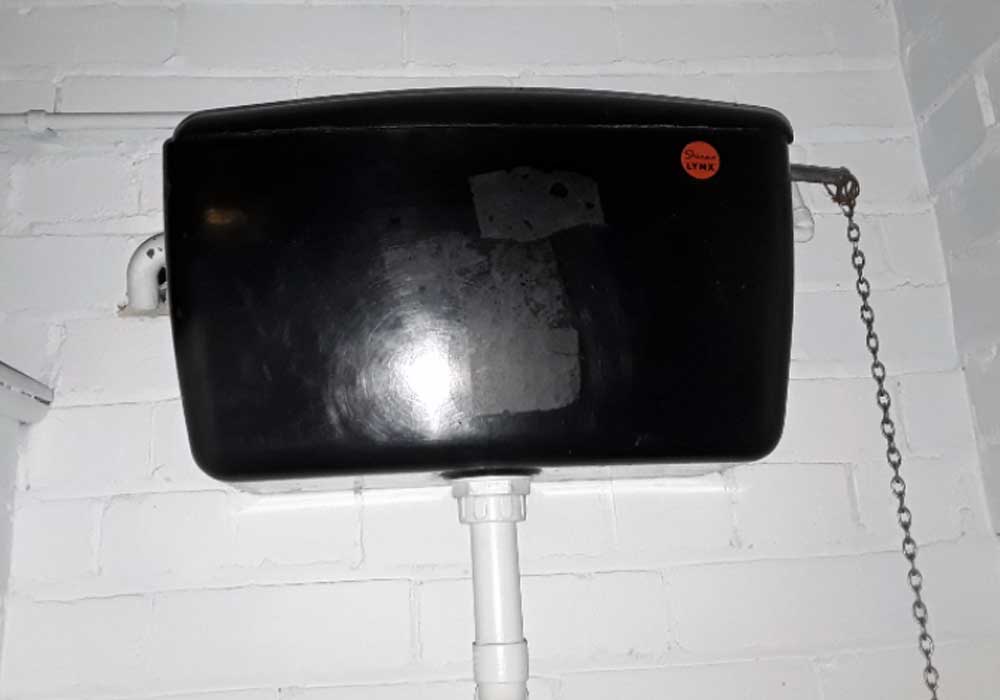coated metal panels
Asbestos-coated metal panels, often referred to as Galbestos or Durasteel, were commonly used in industrial and commercial construction during the mid-20th century. These panels consist of a metal substrate with a layer of asbestos-containing material applied for its fire-resistant and insulating properties. While they provided durability and fire protection, they also pose serious health risks due to the asbestos content. Here’s a description of asbestos-coated metal panels:
- Composition: Asbestos-coated metal panels, such as Galbestos and Durasteel, feature a metal base layer, often made of steel or aluminium, which provides structural integrity. The asbestos component is typically found in the form of a cementitious or plaster-like coating applied to one or both sides of the metal.
- Applications: These panels were widely used in industrial and commercial settings, particularly in buildings where fire resistance and insulation were critical. Common applications included roofing, siding, wall cladding, fireproofing, and enclosures for electrical or machinery equipment.
- Health Risks: The primary concern with asbestos-coated metal panels is the potential for the release of asbestos fibres when the panels are disturbed, damaged, or deteriorate over time. Inhalation of airborne asbestos fibres can lead to serious health issues, including lung cancer, mesothelioma, and asbestosis.
- Age and Identification: Asbestos-coated metal panels were commonly installed in structures constructed from the 1930s to the 1980s. Identifying whether metal panels contain asbestos requires professional testing or sampling, as asbestos fibres are not visible to the naked eye.
- Removal and Handling: Due to the significant health risks associated with asbestos, the removal of asbestos-coated metal panels should only be performed by licensed asbestos removal professionals, like yourself. Strict safety protocols, including containment, personal protective equipment (PPE), and thorough decontamination procedures, must be followed to minimize asbestos exposure during removal.
- Replacement: In many cases, when asbestos-coated metal panels are encountered during renovations or demolition, they are safely removed and replaced with asbestos-free alternatives to ensure the safety of building occupants and workers.
In summary, asbestos-coated metal panels, such as Galbestos and Durasteel, were used extensively for their fire resistance and insulation properties. However, they present serious health risks when disturbed or damaged, as asbestos fibres can become airborne.

